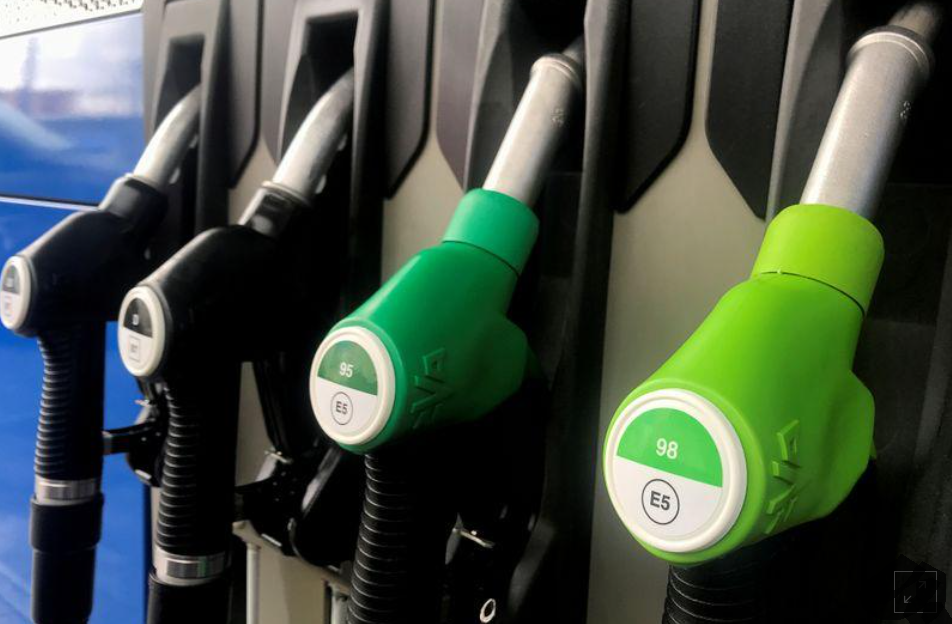
Oil maintains upward momentum but virus concerns cap gains
SINGAPORE (Reuters) -Crude oil climbed on Wednesday after industry data showed U.S. inventories declined more than expected and OPEC raised its outlook for oil demand, but gains were capped by worries about the coronavirus and by rising supplies.
Brent crude futures rose 85 cents, or 1.3%, to $64.52 a barrel by 0619 GMT, after gaining 39 cents on Tuesday.
U.S. West Texas Intermediate (WTI) crude futures added 82 cents, or 1.4%, to $61 a barrel, following Tuesday’s rise of 48 cents.
Signs of a strong economic recovery in China and the United States have underpinned recent price gains, but concerns over stalled vaccine rollouts worldwide and soaring COVID-19 infections in India and Brazil have slowed the market’s advance.
“Continuing setbacks on vaccine rollouts and global cases nearing January’s peak is likely to hold a firm cap on crude’s ascent in the short term. At the same time, persistent optimism over a U.S. recovery and the world being on the cusp of emerging out of the COVID crisis is holding a floor,” said Vandana Hari, energy analyst at Vanda Insights.
A weakening U.S. dollar also “provided a mild upward push in recent days but there’s been no major bullish impetus to free crude from its narrow trading range,” she said.
The greenback hit three-week lows on Wednesday, making crude purchases cheaper for countries using other currencies.
In addition to the weaker dollar, Iran’s increased enrichment activity was “also somewhat supportive, with it suggesting that a return of the U.S. to the Iranian nuclear deal is likely to be some way off, and therefore the lifting of sanctions,” said ING Bank in a note on Wednesday.
Iran said on Tuesday it will start enriching uranium to 60% purity after accusing Israel of sabotaging a key nuclear installation.
The Organization of the Petroleum Exporting Countries (OPEC) tweaked up its forecast on Tuesday for world oil demand growth this year. It now expects demand to rise by 5.95 million barrels per day (bpd) in 2021, up by 70,000 bpd from its forecast last month. It is banking on the pandemic to subside and travel curbs to be eased.
“It was a welcome prognosis by the market, which had been fretting about the impact the ongoing pandemic was having on demand,” ANZ Research analysts said in a note.
Sources said data from the American Petroleum Institute showed crude stocks fell by 3.6 million barrels in the week ended April 9, compared with estimates for a decline of about 2.9 million barrels from analysts polled by Reuters. [API/S]
Traders are waiting to see if official inventory data from the U.S. Energy Information Administration (EIA) on Wednesday matches that view.
But there are concerns about increased oil production in the United States and rising supply from Iran at a time when OPEC and its allies are set to bring on more supply from May.
Reporting by Sonali Paul in Melbourne and Roslan Khasawneh in Singapore; Editing by Muralikumar Anantharaman and Kim Coghill
Our Standards: The Thomson Reuters Trust Principles.






